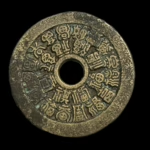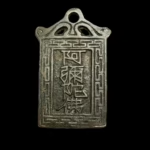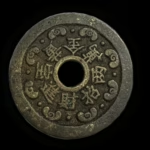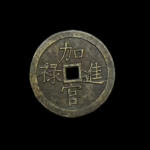China’s 5,000-year history has left countless exquisite cultural relics. Widely loved and sought after by the Chinese people, techniques for imitating these relics emerged, even forming specialized industries and unique craftsmanship hundreds of years ago.
In antiquing craftsmanship, the most basic level involves merely copying the appearance of real relics superficially.
Whether in materials, patterns, craftsmanship, or cultural context, such imitations lack authenticity. This level should not even be called “imitation” but rather “manufacturing.”
More sophisticated antiquing techniques involve comparing real relics and striving to replicate their authentic patterns and historical details.
However, many materials and techniques still rely on modern processes, resulting in insufficient realism. The most advanced antiquing technology entails using authentic materials and craftsmanship, taking real relics as models for 100% replication, then spending substantial time and unique techniques to fully simulate the relics’ aged state.
These high-end仿古 crafts not only possess energy akin to real relics but may even trigger customs inspections during export due to their extreme realism. Ancient bronze仿古 Chinese anulet charms take the form of old copper melted and cast using ancient methods, with their essence rooted in the scientific deconstruction of mystery.
They become unique carriers where traditional folklore intersects with modern understanding. Their core materials originate from废旧 copper coins (discarded copper coins) that circulated hundreds to thousands of years ago. This ancient bronze, steeped in the precipitation of time, is not merely metal in a physical sense but holds special significance in both occult and scientific dimensions.



